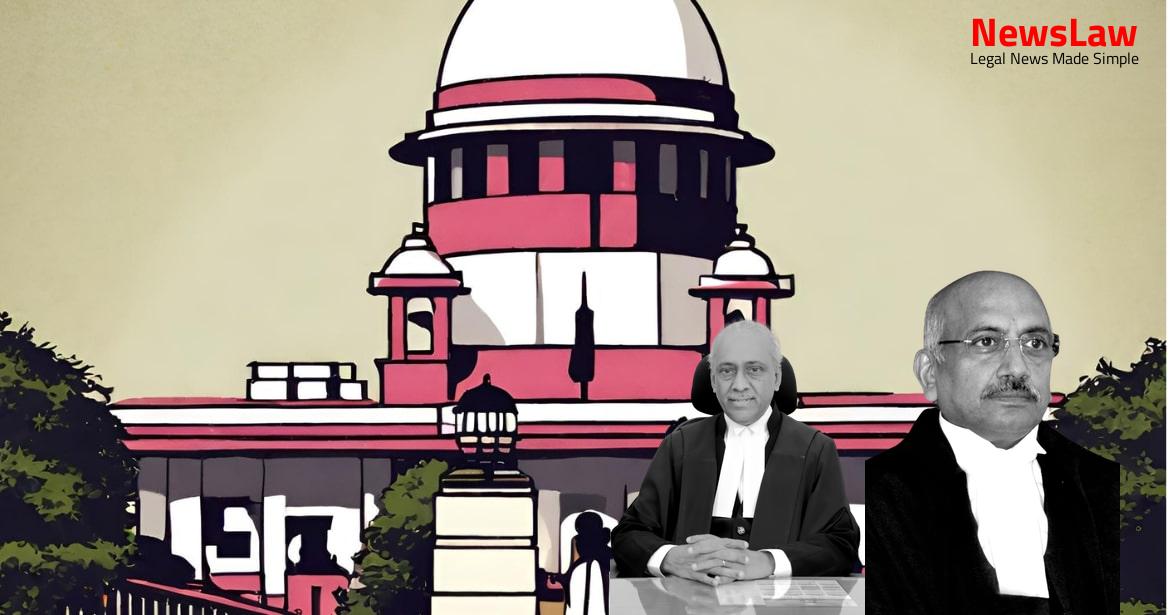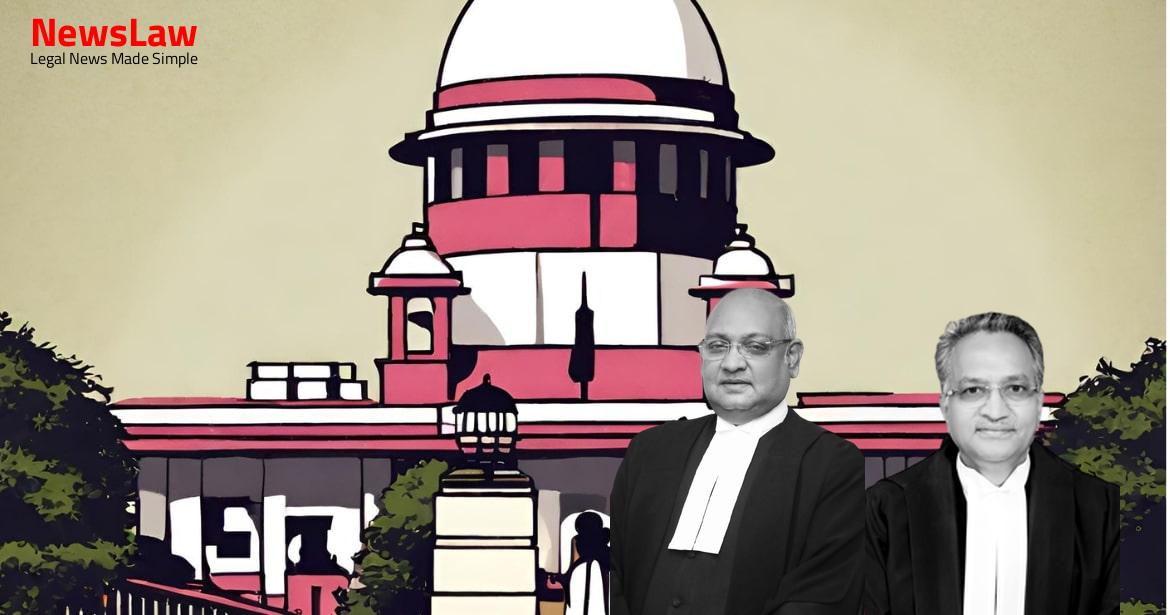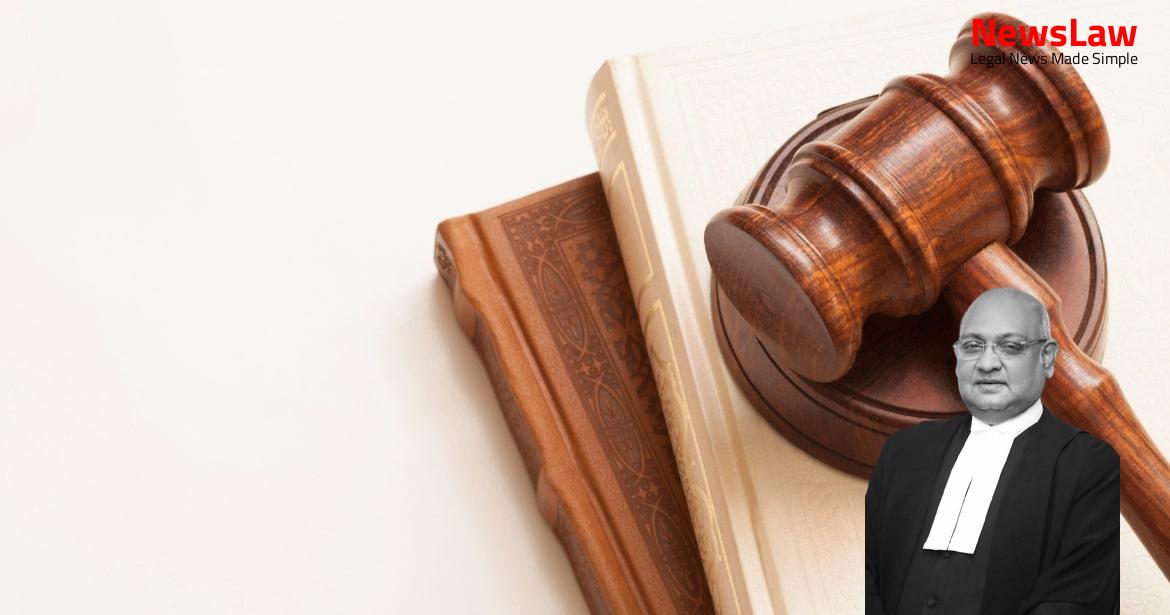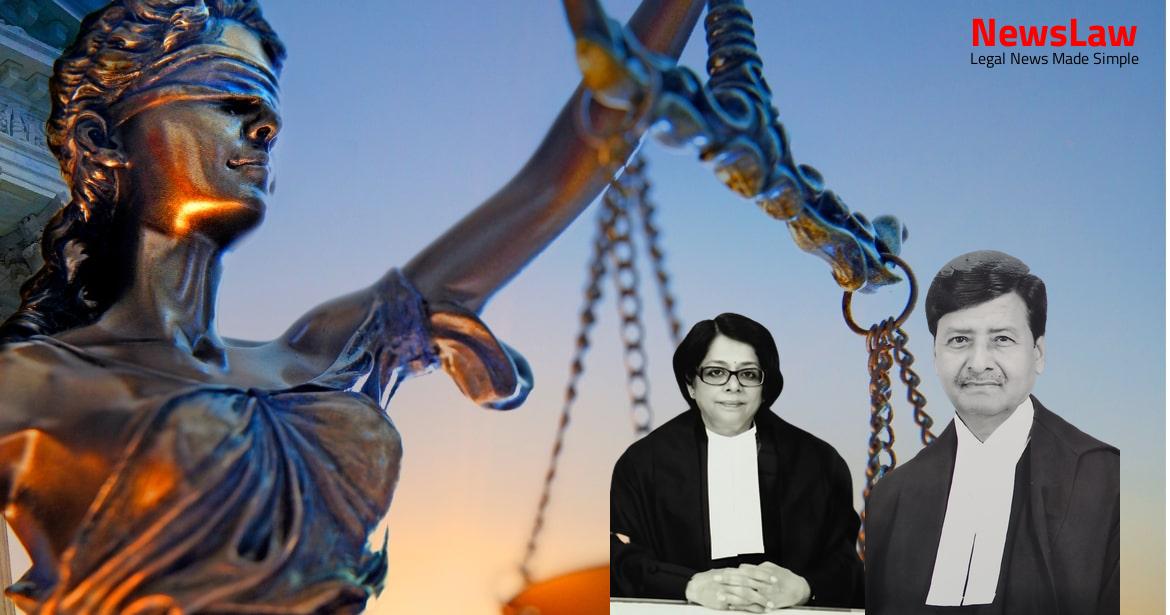The High Court’s in-depth legal analysis on Pujaris’ rights in temple land ownership sheds light on the intricate balance between religious responsibilities and property rights. Unraveling the nuances of proprietary rights and managerial roles, the court’s examination clarifies the distinctions between ownership and management in the context of temple properties. Explore the complexities and legal implications in this engaging exploration of Pujaris’ rights in temple land ownership.
Facts
- The High Court found that the proprietary rights conferred on a pujari could not be ended by an executive instruction.
- Pujaris were directed to maintain and cultivate temple land for maintenance and rituals, with no right to alienate temple property.
- Circulars were issued in 1992 and 1994 regarding recording the names of pujaris in revenue records, which were challenged in court.
- Judgments in various cases held that pujaris have rights over land for religious services and cannot be removed by executive instructions.
- Temple land was considered unoccupied and set apart for public purpose, such as temple upkeep.
- The possession rights of legal heirs over disputed land were discussed in the context of a Patta granted to cultivate the land.
- Court decisions emphasized that rights created for pujaris through rendering religious services cannot be withdrawn by executive instructions.
- The order passed in an intra-court appeal by the Division Bench of the Madhya Pradesh High Court was challenged by the State of Madhya Pradesh.
- Pujaris have no right to alienate the properties of the temple.
- Pujaris can either cultivate the land or get it cultivated through servants.
- The High Court emphasized that if the temple is managed by the Pujari, his name must be mentioned along with the name of the deity in the revenue records.
- State Government issued executive instructions under the M.P. Land Revenue Code, 1959 to delete Pujari names from revenue records to prevent unauthorized sale of temple properties.
- Circulars were issued in 1969 and 1974 to address illegal transfers and misuse of temple land by Pujaris.
- Rent from the leased land had to be deposited in the name of the deity for temple maintenance.
- Restrictions were placed on leasing out agricultural land owned by religious institutions for more than 3 years.
- Priests could lease up to 10 acres of land for self-cultivation without auction, with an additional 10 acres for self-agricultural purposes on payment of lease rent.
- The Khasgi Trust was established for the Holkar family properties, with the Collector’s name to be recorded as manager for temple lands not under the Trust.
- A policy challenge against land auction was raised through a writ petition.
Also Read: Interpretation of Will and Hindu Succession Act: Legal Analysis
Issue
- Can a priest be treated as Bhumiswami under the Madhya Bharat Land Revenue and Tenancy Act, Samvat 2007 (Act No 66 of 1950)?
- Does this classification extend to being treated as Bhumiswami under the Code?
Also Read: Land Compensation Redetermination Case
Arguments
- Mr. Lahoti refers to the ‘Gwalior Act’ to argue that it conferred proprietary rights to the priest protected by the Madhya Bharat Land Revenue and Tenancy Act as well as Section 158 of the Code.
- Reference was made to the judgement in Shri Krishna v. State of M.P. by the Division Bench of the High Court.
- Sections 57, 158 & 159 of the Code were relied upon in the argument.
- The issue regarding the rights of priests as Bhumiswamis or mere managers of temple land is discussed, citing conflicting judgments.
- A past judgment by the Madhya Pradesh High Court in Pancham Singh v. Ramkishandas Guru Ramdas & Ors is referred to regarding the rights of a pujari in holding land on behalf of the Aukaf Department for management purposes.
- The argument is made that the rights of Pujaris are protected under the proviso to Section 57 and remain unaffected by the Code.
- Section 158 of the Code confers Bhumiswami rights on pujaris in Madhya Bharat region in certain landholding situations.
- Counsel for the respondents asserts that Pujaris have been granted ownership rights as Bhumiswamis, a right not subject to being revoked by executive instructions.
Also Read: Legal Analysis in Disciplinary Proceedings
Analysis
- In the case of Sadashiv Giri & Ors. v. Commissioner, Ujjain & Ors., an argument was raised regarding the possession of land by the temple.
- This judgment was partly overruled in Ghanshyamdas II.
- The order of the learned Single Judge was challenged in the State of M.P. and others v. Mandir Shri Khande Rao case, where the Bench referred to the Division Bench judgment in Ghanshyamdas II.
- The Court held that once the land is vested with the deity/temple, the State cannot auction the property of the temple.
- The High Court’s contrary view in Ghanshyamdas I, Sadashiv Giri, and Shri Krishna was deemed inconsistent with the binding precedent of the Division Bench in Pancham Singh and this Court in Kanchaniya.
- The distinction between public and private temples was elaborated in the case of Deoki Nandan v. Murlidhar and Ors., citing that Constitution Bench in M. Siddiq v. Mahant Suresh Das and Others.
- The Court analyzed the rights and status of Pujaris in temples, emphasizing that they are not the owners but appointed managers by Jagirdars.
- It was established that Pujaris are not entitled to be mentioned as Bhumiswamis in land records under the Madhya Bharat Land Revenue and Tenancy Act.
- The Court distinguished between public and private temples, indicating that only public temples fall under the purview of executive instructions regarding record-keeping.
- Judgments in favor of Pujaris claiming proprietary rights were deemed as misinterpretations, emphasizing their role as managers of temple property.
- The legal standing of Pujaris vis-a-vis land ownership, temple management, and revenue records were thoroughly examined and clarified.
- The necessity of mentioning the Pujari’s name in land records versus maintaining the deity as the legal landowner was deliberated upon in detail.
- The Court highlighted the provisions of the Gwalior Act regarding temple management and ownership, shedding light on the limited rights of Pujaris in this context.
- The order of the High Court cannot be sustained based on the observations and discussions.
- The circular is applicable to all temples unless a temple can prove it is a private temple to the competent forum.
Decision
- The Writ petition is dismissed, and the appeal is allowed.
- The Circulars dated 21.3.1994 and 7.6.2008 are not illegal.
Case Title: THE STATE OF MADHYA PRADESH Vs. PUJARI UTTHAN AVAM KALYAN SAMITI (2021 INSC 447)
Case Number: C.A. No.-004850-004850 / 2021



